How to Layout an Acrylic Paint Palette
Acrylic painting techniques – How to set out a basic palette
In this video, I show the basic layout of 3 primary colours (plus brown and white) for a stay-wet palette.
In this video, I show the basic layout of 3 primary colours (plus brown and white) for a stay-wet palette.
In this video, I demonstrate how to apply a coloured ground to a pre-primed canvas using Golden fluid Acrylic.
To learn more about the benefits of painting on a coloured ground, see: How a prepared canvas can drastically improve your paintings
This technique is best for landscapes and still life paintings.
Video transcript:
When I’m doing (painting) landscapes, or still life’s, I usually always use Yellow Ochre as a coloured ground.
It has got a nice mid-tone to it, a really lovely warmth to it. It’s cheap and if you move onto Oil painting it dries quickly…
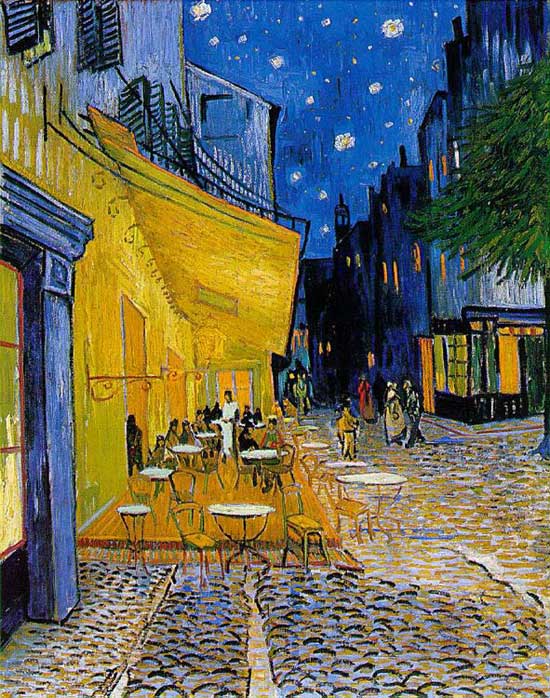
Vincent Van Gogh, Café Terrace on the Place du Forum, Arles, 1888.
Two colours, placed side by side, will appear differently depending on which colours are used and what they are placed next to.
The effect of this interaction is called simultaneous contrast.
Simultaneous contrast is most intense when two complementary colours are juxtaposed directly next to each other.
For example, red placed directly next to a green, if you concentrate on the edge you will see a slight vibration.
Your eye doesn’t like resting on the edge. The two complementary colour in their purest, most saturated form don’t sit well together, however, if you want to try and focus your viewer gaze on a particular part of the painting a knowledge of the ‘attraction to the eye’ can be used to great effect…
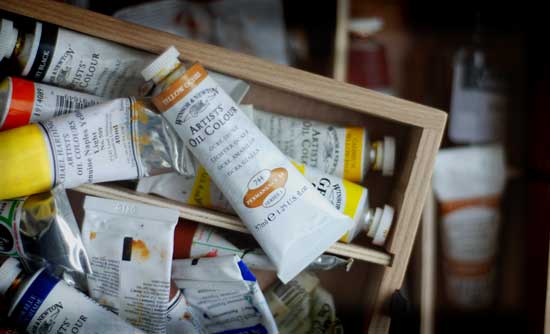
“I am a simple man, and I use simple materials: Ivory black, Vermilion (red), Prussian blue, Yellow ochre, Flake white and no medium. That’s all I’ve ever used in my paintings.
L.S.Lowry
A great deal of things in nature are actually very muted, it is often the difference between light and dark and warm and cool colours, rather than the use of a bright colour.
If you want to paint subtle still life paintings, choose muted earth colours.
If you want very bright, vivid abstracts, you might need some more man-made pigments that have a higher colour saturation.
My suggested basic acrylic colour palette is somewhere in-between. It allows bright colour mixtures as well as subtle. The pigments are all light-fast (will not fade over time) and are a mixture of series (the price labelling system of paints) so the cost will be kept down….
Imagine a time of poster paints and sugar paper. Of bright colours, chubbie crayons, green grass and blue skies. These were perfect painting days apart from one thing I almost forgot to mention….brown sludge.
Lots and lots of brown.
Your teachers told you ‘mix yellow and blue to make green’, red and blue to purple.
You listened, but the problem was still there.. you created brown sludge.
What were you doing wrong?
Nothing, you were just given the wrong paints…
This video is a basic introduction to matching colour using 3 primary colours.
The palette used was Cadmium Yellow Light, Cadmium Red Light and Ultramarine Blue. The brand was Golden Heavy Body Acrylics.
The basics of colour mixing are discussed in How your hairdresser can teach you to mix colour
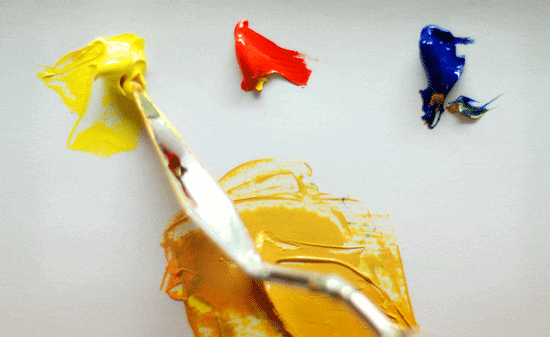
“All colours will agree in the dark.”
Francis Bacon
Learning how to mix colour can be daunting, colour theory can be off-putting, but understanding the basics is key when starting to paint.
A knowledge of colour theory is helpful, but in practice nothing beats actually mixing colours, however, you need to start somewhere so let’s start with some basic theory. I’ll be going into some advanced techniques in later posts.
Please note: New Colour mixing course for beginners is now live!
I’ll be honest, a few years ago I knew nothing about the hairdressing business until my wife opened her hair salon above my gallery, I can now tell you the difference between a champagne blonde and a beige blonde..(0.4 if you were wondering) but the main thing I hadn’t realized was the similarities between hair colourists and painters.
If you want to learn a fast track to understanding your paintings next time your at the salon have a chat to your hair colourist…
Morning class, I’m Will Kemp from will kemp art school, and today I’m going to show you how to clean an acrylic brush properly.
So the first thing you need to do is get most of the paint off your brush to start with. It’s always easier to clean it off, just with kitchen roll, to wipe off most of the paint, then we can go into the water.
I use absolutely loads of kitchen roll when I’m working, and you just rub it into it.
You can scrub it quite hard, and often I squeeze the brush together into the kitchen roll…
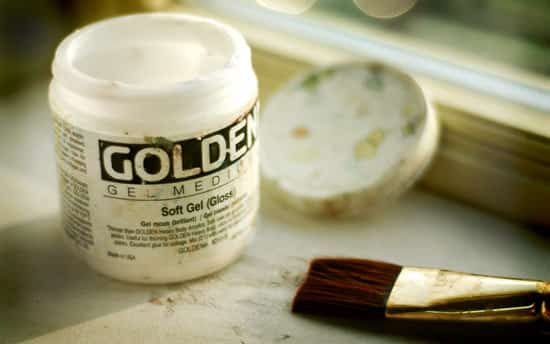
An isolation coat is a coat between your finished painting and the varnish.
It is transparent and creates a physical separation between the varnish and your painting.
This is key because otherwise the varnish will stick to your painting and be a nightmare to try and remove. The varnish is not permanent, it just acts as a dust collector that you can remove and replace, every 5 to 10 years depending on how dusty the environment your painting is kept in.
To make an isolation coat I use GOLDEN Soft gel gloss. This medium is off the hook, and I highly recommend you buy it along with an Acrylic Glazing Liquid Gloss if you are starting acrylic painting. These bad boys are all you need.
Alternatively, Golden has recently released a pre-mixed isolation coat you can use.
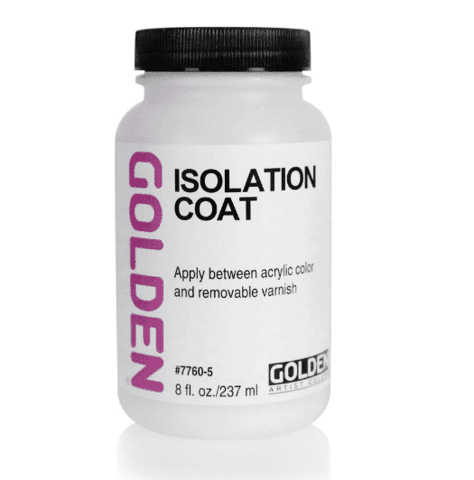
A full-gloss finish can do amazing things to your paintings…
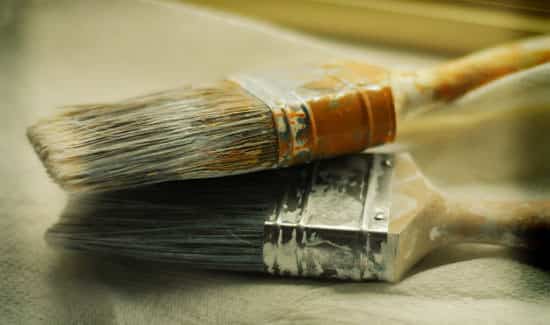
Gesso, pronounced ‘jesso‘, was traditionally used to prepare or prime a surface so Oil paint would adhere to it.
Gesso is the same as a primer, as in ‘pre-primed canvas’.
It is made from a combination of paint pigment, chalk and binder.
Traditional Oil ‘glue gesso’ was made with an animal glue binder, usually rabbit-skin glue, chalk, and white pigment, usually Titanium white.
Gesso is usually white or off-white and is used after you have sealed the raw canvas with a coat of size (see: the Trouble with Oil)
It creates a surface that is both absorbent (particularly useful for ‘dead’ colouring with oils) and has a ‘tooth’ (texture) that allows paint to grab onto the surface…
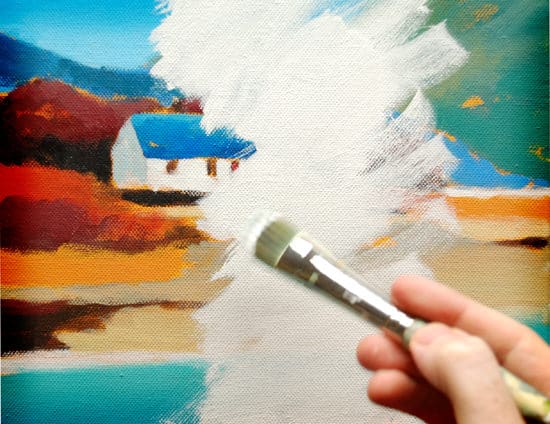
“Take encouragement from the thought that you may learn from honest failure than from mild success”
Solomon J Solomon – British Pre-Raphaelite painter
It’s the debate with yourself that never ends…
Should I paint over my painting that’s not going to plan or start again on a fresh canvas?
How do you weigh up the time you’ve invested, the cost of materials and all the emotions versus starting again…. it’s almost too much…
Morning class, today, we will have a quick look at the composition and the rule of thirds.
Even though it’s called a rule, it’s really just a guide to help you compose a picture that looks natural within a rectangle or square; I find it always works best, though, within a rectangle.
All you do is split your page into thirds, horizontally and vertically. And these bad boys on the intersections are what we’re looking for…these are what we can align key points of interest to pump up our paintings to guide the viewer into where we want them to look…
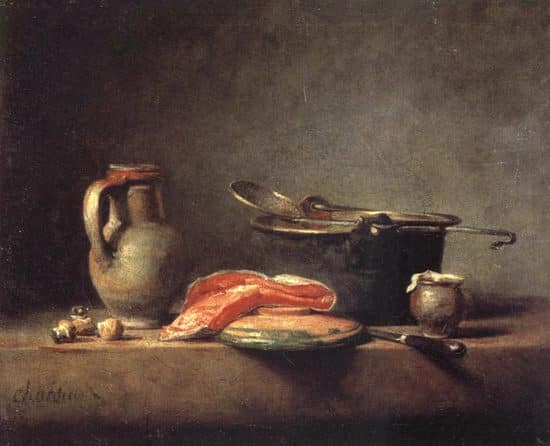
‘And after drawing comes composition. A well-composed painting is half done’
Pierre Bonnard
Imagine a lovely drawing of a house with a path meandering up to it, trees either side in careful balance, a classic landscape scene that just ‘works’.
Where is this masterpiece? The Tate? The National?
No, stuck to your fridge door, created by a 4-year-old.
As a young child, visual harmony and composition comes naturally.
Children seem to start out with a near perfect sense of composition if you have small children or are lucky enough to have any of your old drawings you created as a child I’m sure you’ll find the same to be true.
Younger children see the edges of the paper as a whole frame to fill, and they often fill them with a great sense of balance.
When you start to grow up, you know – really old like 9 or 10, that’s where the drawing problems start. The focus shifts and is aimed away from composition to the pursuit of something far more important, where the accolades are huge and respect even greater, the quest for the ultimate prize …… realism.
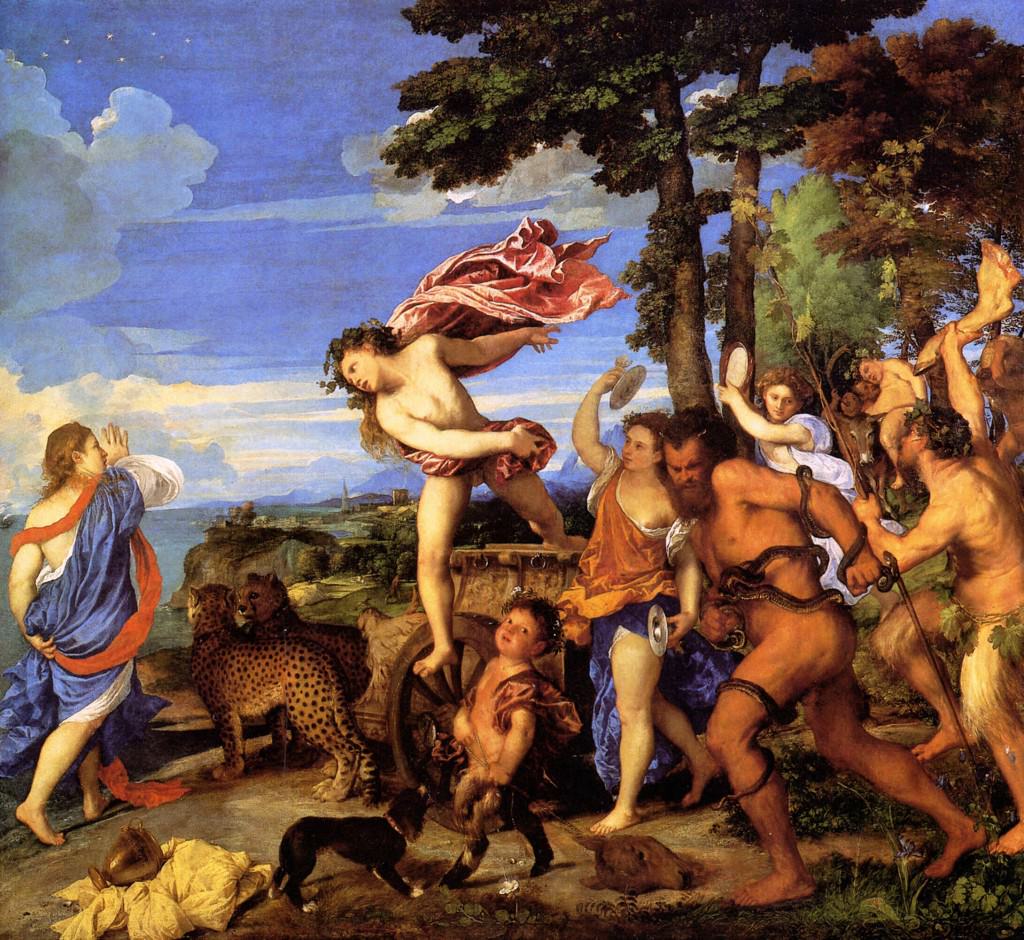
Your colour choices can make or break a painting.
Understanding warm and cool colours can instantly give your paintings a sense of harmony.
In the above Titian painting ‘ Bacchus and Ariadne’ Titan has almost split the colour wheel in half in his composition. If you were to put a diagonal line straight through the painting, the cool tones of the blues, greens and purples would be dominant on the left and the warm tones of reds, oranges and yellows on the right.
If you squint your eyes at the picture, the general colour scheme is based on blue and orange, which are opposite each other in the colour wheel so are known as complementary colours…
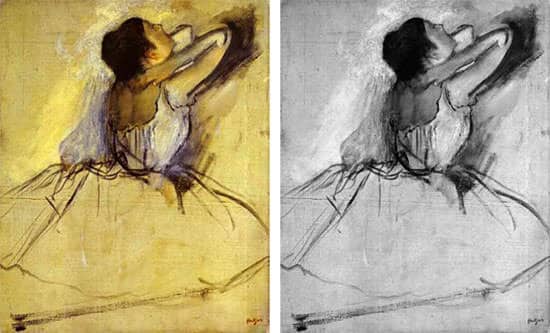
Contrast is really important when you’re starting to learn how to paint.
A good knowledge of contrast in drawing helps significantly because you will have learned the value of light and dark.
If you are coming from a non-drawing background, you will have to be more aware that to make a dramatic painting “contrast is king”, rather than trying to add a bright colour to lift the painting…